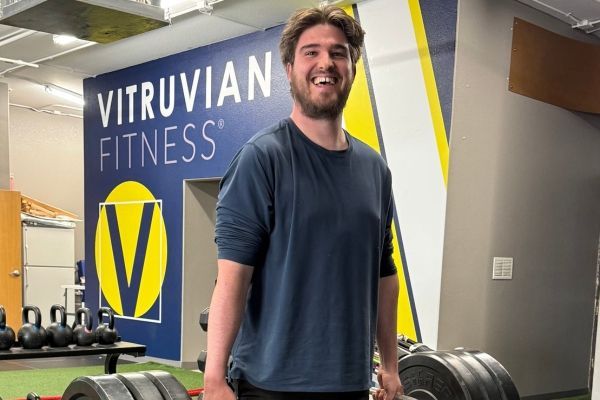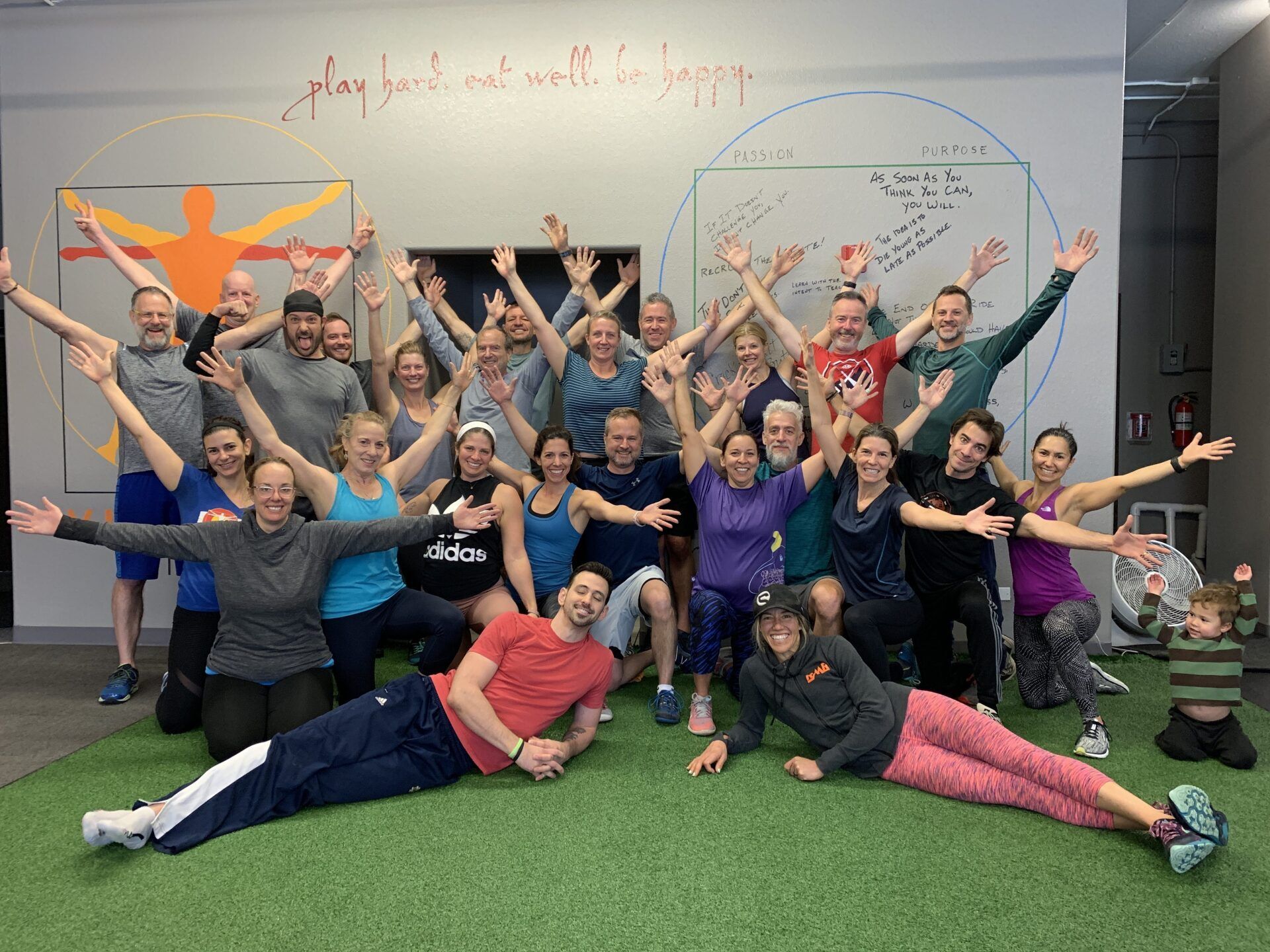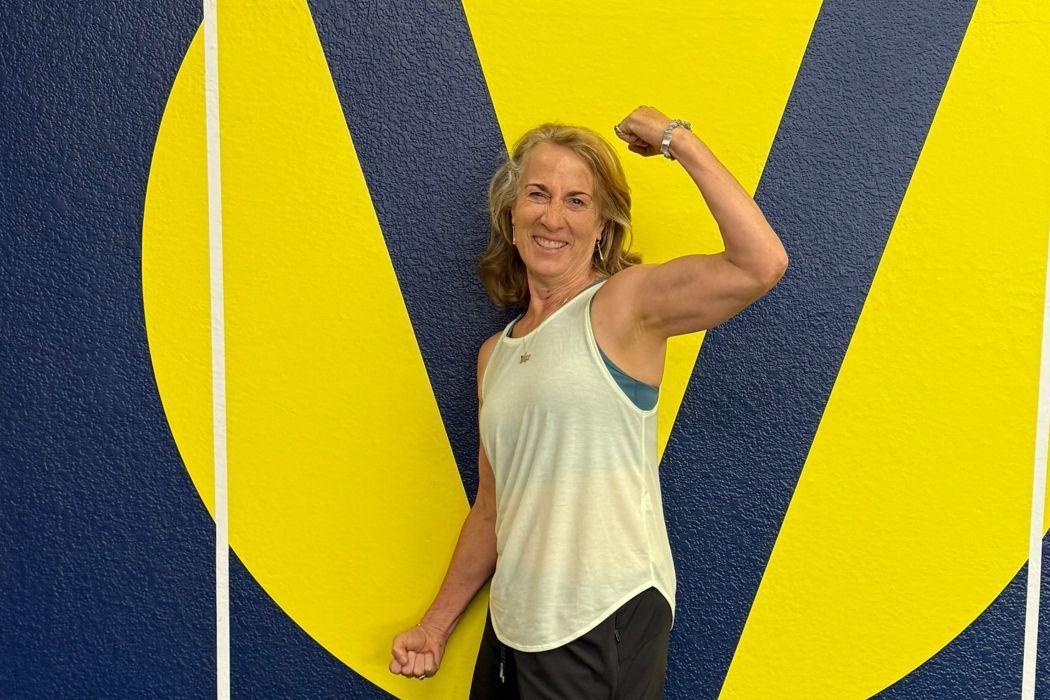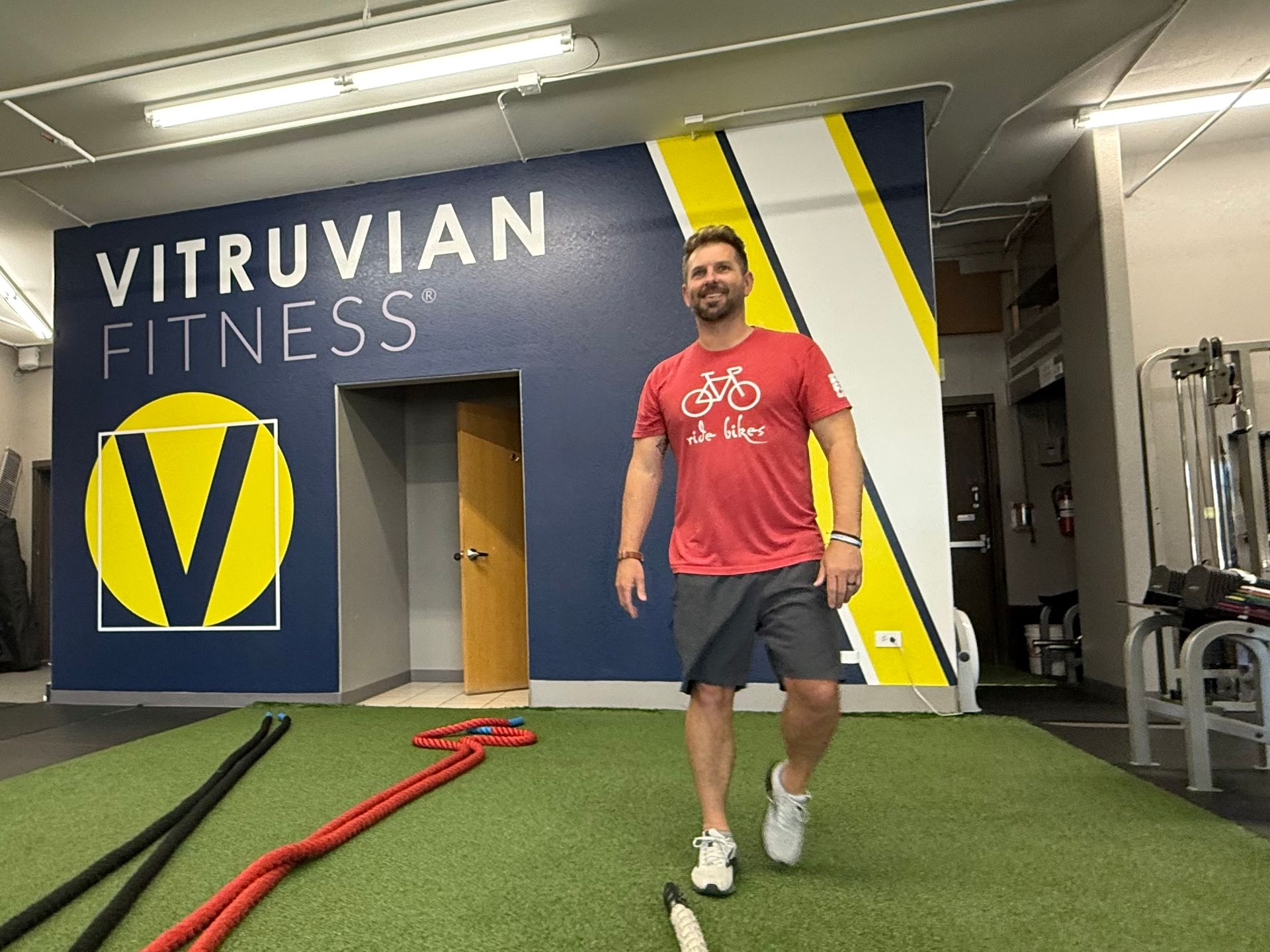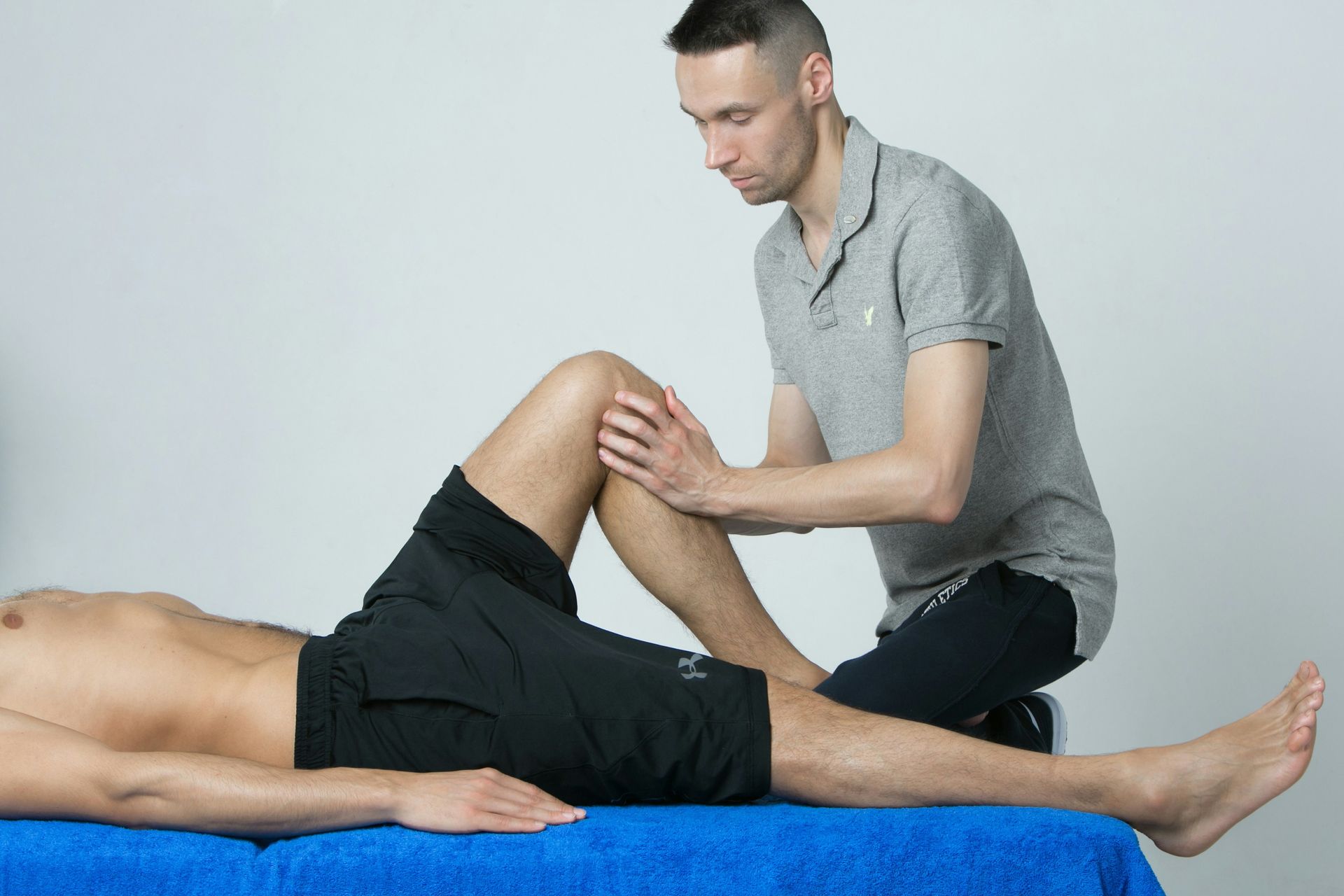Vitruvian Fitness Is Going Virtual.
For the past several weeks, I’ve been tearing myself inside out trying to balance the healthy benefits of community with the health risks to the community by staying open.
This afternoon, Mark, Niki, and I decided to transform Vitruvian Fitness from an in-person training studio to virtual online coaching.
You might want to start calling us Virt-ruvian Fitness. But please don’t – it sounds corny and you’ll just start typing it wrong all the time.
The governor of Colorado coincidentally may have imposed certain restrictions on “gyms” although we do not know what that means as there is no official guidance as of this moment.
Ironically, as many of you may remember, this past January, we were busting at the seams and trying to figure out how to fit more of you inside!
Here’s what the exciting new Virtual Vitruvian is going to look like starting tomorrow.
- All in-person classes and personal training sessions are cancelled until it’s safe to re-open the doors.
- Mark, Niki, and I will begin creating workouts that you can do on your own.
- In the park, at home, with your family, on the trail, on the bike path, or wherever.
- Personal Training clients will have your programs modified according to what phase you’re in, what your equipment resources are and what your workout environment looks like. We will continue to be engaged with you making sure you’ve got all the structure and accountability that makes training work.
- All members will have access to all new content we’ll be posting online. There will be written workouts, videos, tips, insights, inspiration and maybe some perspiration.
- Workouts will be written with various equipment options and exercise goals – bodyweight, TRX, Kettlebells, cycling, running, and freestyle ski aerials.
- Personal Training clients will be able to check out equipment from the new Vitruvian Fitness equipment library.
- Everyone is highly encouraged to purchase your own TRX. They are on sale right now at TRX Training for $169 and the kit includes everything you need to get started at home including the door anchor which means you can be working out as soon as you open the package.
If you have shoes or other personal belongings at the studio, please make arrangements to come pick them up.
Now for the mushy part.
I cannot express enough my immense gratitude to all of you. Vitruvian Fitness turns 10 years old in May. Those of you who have been with us since the beginning know this has been my labor of love for all those years. Where we started and how far we’ve come has been an amazing trail of blood, sweat, and tears. Literally.
We’ve made so many friends and connections. And that’s awesome.
Everything is going to change now. Hopefully, this is a blessing in disguise – just not too well disguised.
As always, my phone is always on and I’m always on email. I just wish I could say my door is always open, too.
Thank you.
Tom Wigginton
chief awesomeness officer
Vitruvian Fitness
Play Hard. Eat well. Be happy.
You might also enjoy these posts . . .
